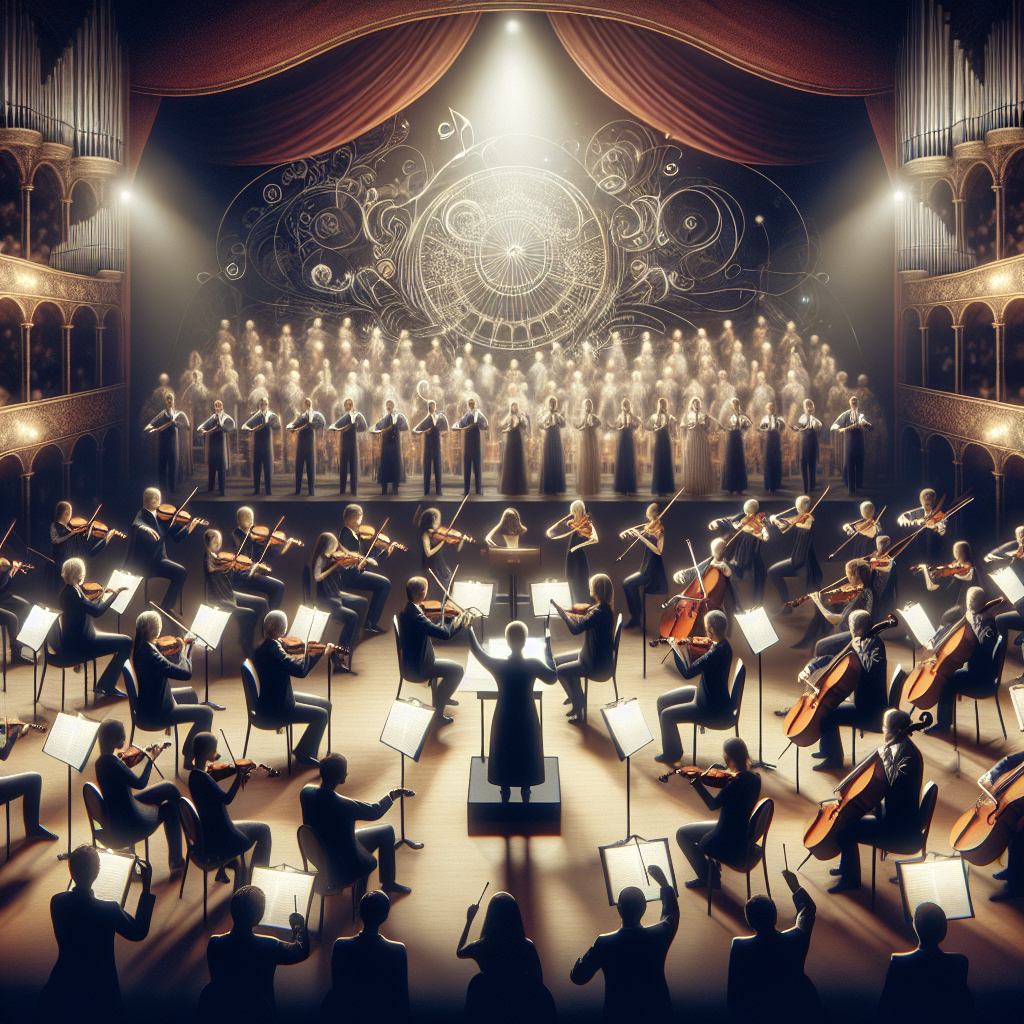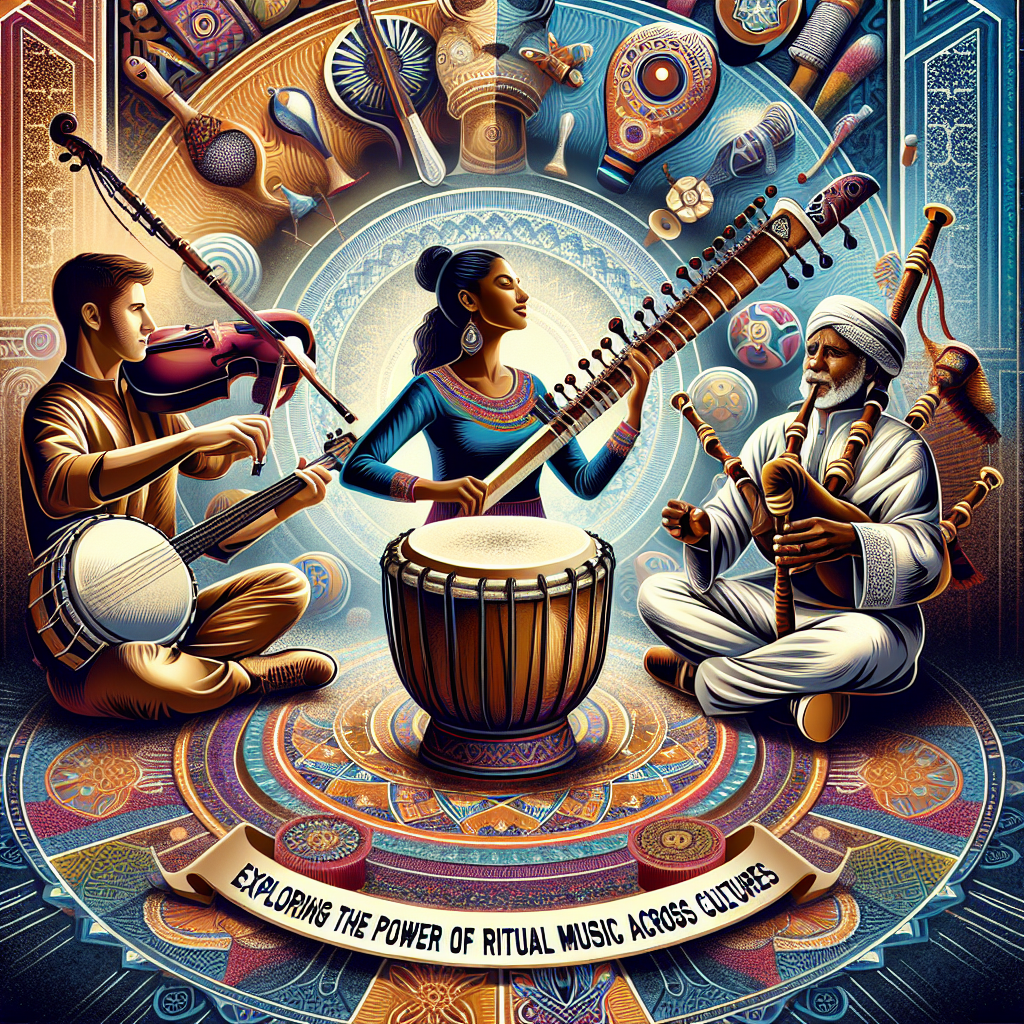The literature and music of a culture often reflects its soul, and the Ghazal, a poetic and musical form originating from Persia around the seventh century, holds a high pedestal in the field of cultural heritage. From Persia, the Ghazal spread to the Indian Subcontinent and Ottoman Turkey in the 12th century. Today, it’s a beloved genre developed into distinct styles within the realms of poetry and music in societies across the globe, especially within the Middle East and South Asia. To understand the Ghazal is to delve into an exquisite combination of profound poetry and soul-stirring music.
Formation and Structure
The Ghazal is quite distinctive in its form. Traditionally, it consists of rhyming couplets called ‘Sher’ and a refrain. Each line must share the same meter. The Ghazal often reflects upon love, loss, and healing, and, as such, the Ghazal often carries a melancholic tone. The first couplet, ‘Matla’, sets the tone of the Ghazal and is often the most quoted. The last couplet, ‘Maqta’, is where the poet incorporates their pseudonym, or ‘Takhallus.’
Poetic Journey
In Persian literature, notable poets like Rudaki and Hafiz made significant contributions to the form and popularity of Ghazal in the 8th and 14th century, respectively. As the Ghazal spread across the globe, different cultures adopted and adapted it into their literary and musical repertoire.
In South Asia, the Ghazal became synonymous with expressing love, both spiritual and passionate. The 18th-century poet, Mir Taqi Mir, and the 19th-century poet, Mirza Ghalib, are considered Ghazal maestros whose contributions to the genre are unparalleled.
Musical Journey
The Ghazal’s journey in music is as profound as its journey in literature. In Indian and Pakistani cultures, Ghazals became an essential part of their music industry in the 20th century. Notable Ghazal singers include Begum Akhtar, Mehdi Hassan, Ghulam Ali, and Jagjit Singh, whose renditions continue to soothe countless souls.
In the Middle Eastern context, Ghazal singing was traditionally a part of the ‘Mehfil’ gatherings. Late Nusrat Fateh Ali Khan, an eminent Qawwali and Ghazal singer from Pakistan, has a significant contribution in popularising Ghazals internationally.
The Ghazal Today
Though the Ghazal these days has evolved significantly from its original form, it has maintained its essence of love and longing. Contemporary poets and musicians continue to draw from the Ghazal tradition, creating beautiful pieces that resonate with people from all walks of life.
Conclusion
The Ghazal is a beautiful testament to the timeless allure of artisanal expression. It has been a beacon of love and longing, healing and hope, for centuries and across continents. Its adaptability to different cultures and languages testifies to the underlying universality of human emotions. The Ghazal is not merely a form of poetry or music – it is a cherished cultural symbol, an encapsulation of an emotional journey.
FAQs
1. What is the purpose of a Ghazal?
Ghazals are traditionally expressions of love, passion, loss, and social issues, focusing on human emotions and experiences.
2. What is the structure of a Ghazal?
A Ghazal has rhyming couplets with a refrain, and each line of the couplet must have the same meter.
3. Who were some famous Ghazal poets?
Rudaki, Hafiz, Mir Taqi Mir, and Mirza Ghalib are among the notable Ghazal poets.
4. What is the significance of Ghazal in music?
Ghazal has a rich history in music and has been a significant part of Eastern music industries. Its soulful rendition connects deeply with human emotions.
5. How has Ghazal evolved over time?
Though the Ghazal has evolved significantly in form depending on the culture and over time, it has preserved its core ethos centered around love and longing.




